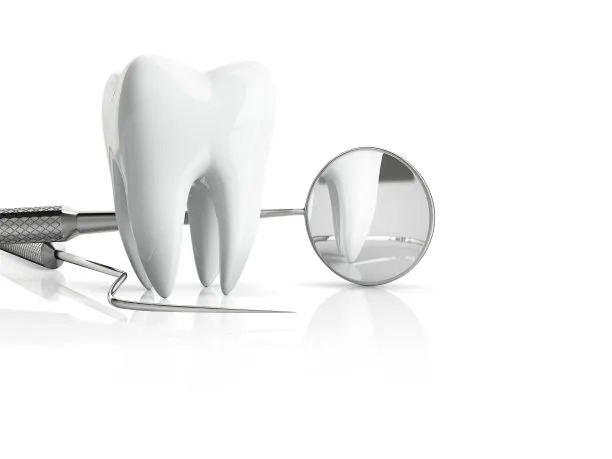Essential Guidelines to Follow for a Successful Dental Filling Experience and Aftercare Recommendations
Summary: This article provides essential guidelines for achieving a successful dental filling experience and offers valuable recommendations for aftercare. Dental fillings are often necessary for preserving tooth structure after decay or damage, and understanding pre-treatment preparations, the filling procedure itself, aftercare tips, and when to consult a dentist can lead to a smoother experience. By following these guidelines, patients can enhance their recovery and maintain their oral health. Additionally, this article aims to alleviate common concerns surrounding dental fillings and equip patients with the knowledge they need for optimal care.
1. Preparing for Your Dental Filling Appointment

Preparation is key to ensuring a seamless dental filling experience. Before your appointment, its vital to communicate openly with your dentist about any medications youre taking or health conditions that may affect the procedure. This information allows the dentist to make necessary adjustments for your safety and comfort during the filling process.
Another important aspect of preparation is to arrive at your appointment with a clear understanding of what to expect. Familiarize yourself with the types of fillings available, such as amalgam or composite resin, and discuss which option is best for your specific dental issue with your dentist. Knowing the details beforehand can help reduce anxiety.
Lastly, consider arranging a ride to and from the appointment, especially if anesthesia is used. Having a friend or family member assist you can make the day less stressful, allowing you to focus on your recovery rather than transportation concerns afterward.
2. Understanding the Dental Filling Procedure
The dental filling procedure generally starts with the dentist numbing the affected area to ensure that you do not experience discomfort during the treatment. This step is crucial, particularly for patients who may be anxious about dental work. Expect to feel pressure but minimal pain during the procedure.
Once numbing has taken effect, the dentist will remove any decayed material from the tooth, creating a clean surface for the filling. This process may involve using specialized tools, which can sound intimidating, but dentists are trained to perform this swiftly and efficiently. Its perfectly normal to hear sounds without feeling any pain.
After cleaning and shaping the cavity, your dentist will place the selected filling material. They will mold it to fit perfectly with your tooth structure. Good dentists often take the time to ensure proper occlusion to prevent discomfort when you bite down. Completing this step might sometimes require additional adjustments which can reassure you that everything is tailored for your needs.
3. Aftercare for Your Dental Filling
Proper aftercare is essential for the longevity of your dental filling and your overall oral health. After your appointment, its common to experience some residual numbness from the anesthesia; be cautious not to bite your cheek or lip during this time. It’s advisable to avoid eating until the numbness has completely worn off.
Once the numbness subsides, start with soft foods and gradually introduce firmer items back into your diet. Also, pay attention to the filling site. It’s normal to feel some sensitivity; however, ensure any discomfort is manageable. If the sensitivity persists beyond a few days or intensifies, consider contacting your dentist for advice.
Maintaining good oral hygiene practices after getting a filling is crucial; gentle brushing and flossing around the filling can help to prevent bacteria buildup. Regular dental check-ups allow for monitoring of the fillings and overall dental health. Remember that good habits after the procedure support long-term success.
4. When to Seek Dental Professional Help
Post-filling, it’s vital to monitor how your tooth feels. If you notice increased pain, discoloration around the filling, or sensitivity to hot or cold that persists after a week, its wise to consult your dentist. These symptoms may indicate that the filling needs adjustment or that further dental work is required.
Another aspect to consider is the appearance of gaps or cracks around a filling. This might facilitate the accumulation of food particles or bacteria, leading to further complications. If you observe any changes in the filling, dont hesitate to reach out to your dental professional for an evaluation.
Lastly, if you experience any unusual swelling, or if your bite feels uneven or uncomfortable, seeking professional assistance is crucial. Quick intervention can often be the difference between simple adjustments and more comprehensive treatments down the line.
Summary: In summary, preparing adequately for dental filling appointments, understanding the procedure itself, ensuring appropriate aftercare, and knowing when to seek professional advice are essential for a successful experience. By adhering to these guidelines, patients can minimize discomfort and enhance their recovery, maintaining optimal oral health.
This article is compiled by Vickong Dental and the content is for reference only.



